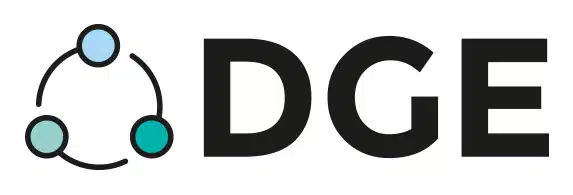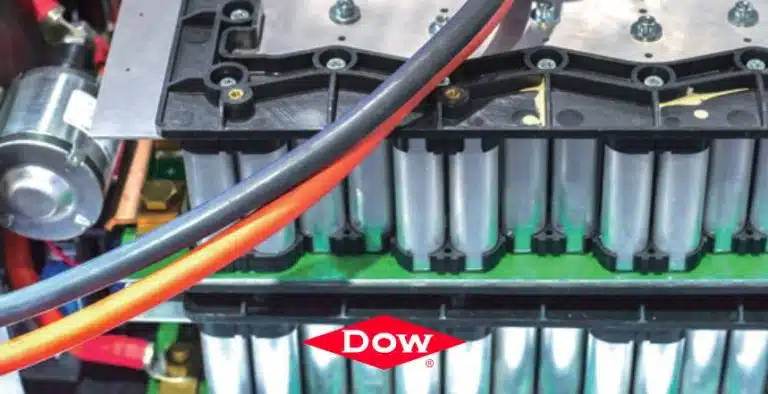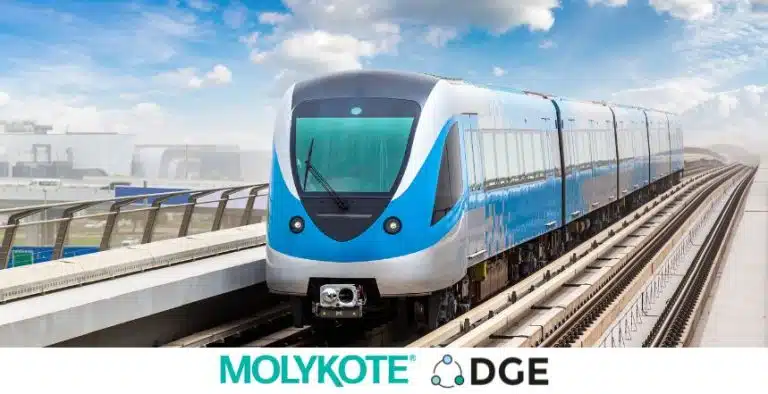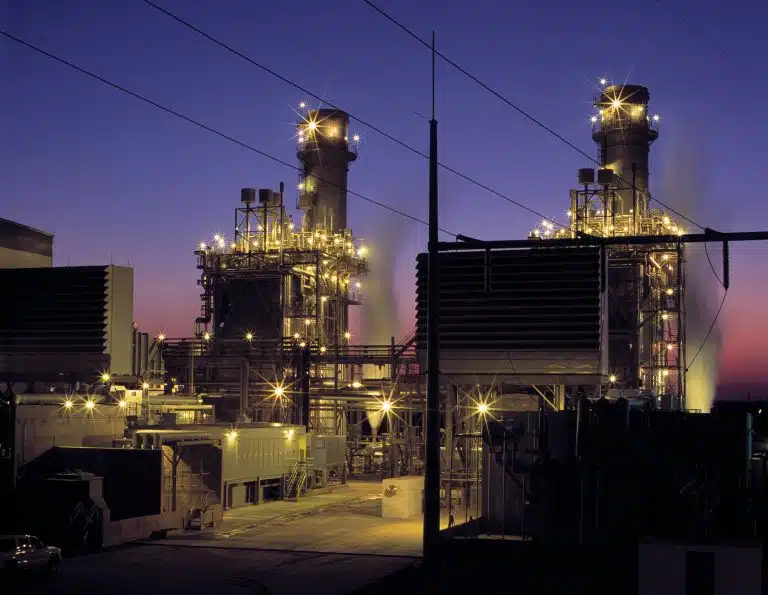What is the current situation of the wind energy sector?
Renewable energies, and particularly the wind energy, is one of the fastest growing energy sources worldwide. Not only that, but they also play a major role in sustainable development, which explains the interest to further invest in this sector.
Their focus is to also alleviate climate change and to add security in the context of energy supply and environmental protection measures. In general, power generation through renewable resources has increased by about 6,3% in 2017 and is set to grow around 40% by 2022 according to the International Energy Agency. As for the wind energy market, it presents one of the fastest growing installed capacities globally.
In Europe alone, the growth rate by 2020 was 6,1%, and is expected to increase progressively with time. Additionally, the market predicts that in the upcoming years new wind turbine installation will rise by 111 GW in Europe, leading to a total cumulative installed capacity of over 300 GW by the end of 2030 in the continent.
However, the wind energy sector is still facing serious problems related to premature failure of components, which daily impact the operation and maintenance cost of turbines, and ultimately lead to a significant contribution in the general cost of wind energy.
What are the current tribological challenges?
One of the main problems in the wind energy market is the premature failure of the principal components of the wind turbines. It affects how much maintenance, operating and reliability costs are perceived during the life of the turbine.
For this particular application, the major tribological elements are both bearings (encountered in the main shaft, the pitch, the yaw, the generator and the gearbox) and threaded connections (connecting the tower to the foundation, as well as the different elements of the wind mill together).
These elements can fail prematurely due to uneven loading and to severe environmental conditions. The latter can induce variable mechanical stresses, load, temperature and wind speed and pressure, all of which accelerate the appearance of failure of the elements before their nominal life of service.
Among the failure modes that can be encountered, the most important ones are scuffing, micropitting, white etching cracks and fretting corrosion. In order to prevent such failures, it becomes critical to first identify their root causes, and then develop potential solutions to avoid their occurrence.
What solutions are there?
At the origin of most component failures stands the use of either an improper or insufficient lubricant or an inadequate lubrication technique during maintenance.
Nowadays, specialty lubricant formulations destined for the wind energy sector should consider not only uneven operational loading and environmental conditions, but also the possibility of corrosion or pollution during the service life of the mechanical components.
For instance, onshore wind turbines experience dust issues, whereas offshore or near-shore wind turbines are exposed to high moisture environments, which can inevitably lead to a degradation in quality and a loss in efficiency of the oil.
Therefore, lubricants used for wind power should meet higher standards in comparison to other products used in different industries.
We at DGE have a solution for your problem.







